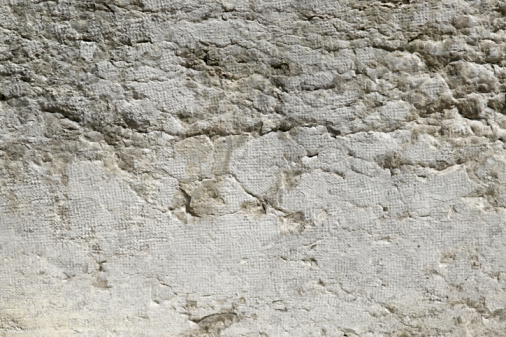
Breaking News
 Massie Introduces Bill to Get US Out of NATO
Massie Introduces Bill to Get US Out of NATO
 Somali Flag Raised Over Vermont School District
Somali Flag Raised Over Vermont School District
 "Kill Babies, Superman"? New CHILDREN'S Book Calls Abortion a "Superpower"
"Kill Babies, Superman"? New CHILDREN'S Book Calls Abortion a "Superpower"
 Gold Warning Issued as New Monetary System Takes Hold
Gold Warning Issued as New Monetary System Takes Hold
Top Tech News
 This tiny dev board is packed with features for ambitious makers
This tiny dev board is packed with features for ambitious makers
 Scientists Discover Gel to Regrow Tooth Enamel
Scientists Discover Gel to Regrow Tooth Enamel
 Vitamin C and Dandelion Root Killing Cancer Cells -- as Former CDC Director Calls for COVID-19...
Vitamin C and Dandelion Root Killing Cancer Cells -- as Former CDC Director Calls for COVID-19...
 Galactic Brain: US firm plans space-based data centers, power grid to challenge China
Galactic Brain: US firm plans space-based data centers, power grid to challenge China
 A microbial cleanup for glyphosate just earned a patent. Here's why that matters
A microbial cleanup for glyphosate just earned a patent. Here's why that matters
 Japan Breaks Internet Speed Record with 5 Million Times Faster Data Transfer
Japan Breaks Internet Speed Record with 5 Million Times Faster Data Transfer
 Advanced Propulsion Resources Part 1 of 2
Advanced Propulsion Resources Part 1 of 2
 PulsarFusion a forward-thinking UK aerospace company, is pushing the boundaries of space travel...
PulsarFusion a forward-thinking UK aerospace company, is pushing the boundaries of space travel...
 Dinky little laser box throws big-screen entertainment from inches away
Dinky little laser box throws big-screen entertainment from inches away
 'World's first' sodium-ion flashlight shines bright even at -40 ºF
'World's first' sodium-ion flashlight shines bright even at -40 ºF
How to Make Your Own Skim Coat for Portland Cement

Applying a skim coat of cement is useful for giving new life to concrete surfaces that have pitted or cracked over the years, but it is also useful for covering mason block walls in preparation for a ceramic tile or natural stone installation. While you can buy pre-mixed skim coat materials, you can also make your own.
Step 1
Determine the area for which you are going to skim coat. If you are covering an existing concrete floor and are simply covering up old cracks or helping to level out dips and valleys, you can use a simple concrete and water mixture. If you are skim coating walls, such as with bricks or masonry blocks, you can add a little lime into the mixture to create a more sticky compound that more readily sticks to the surface, allowing for ease of use.



